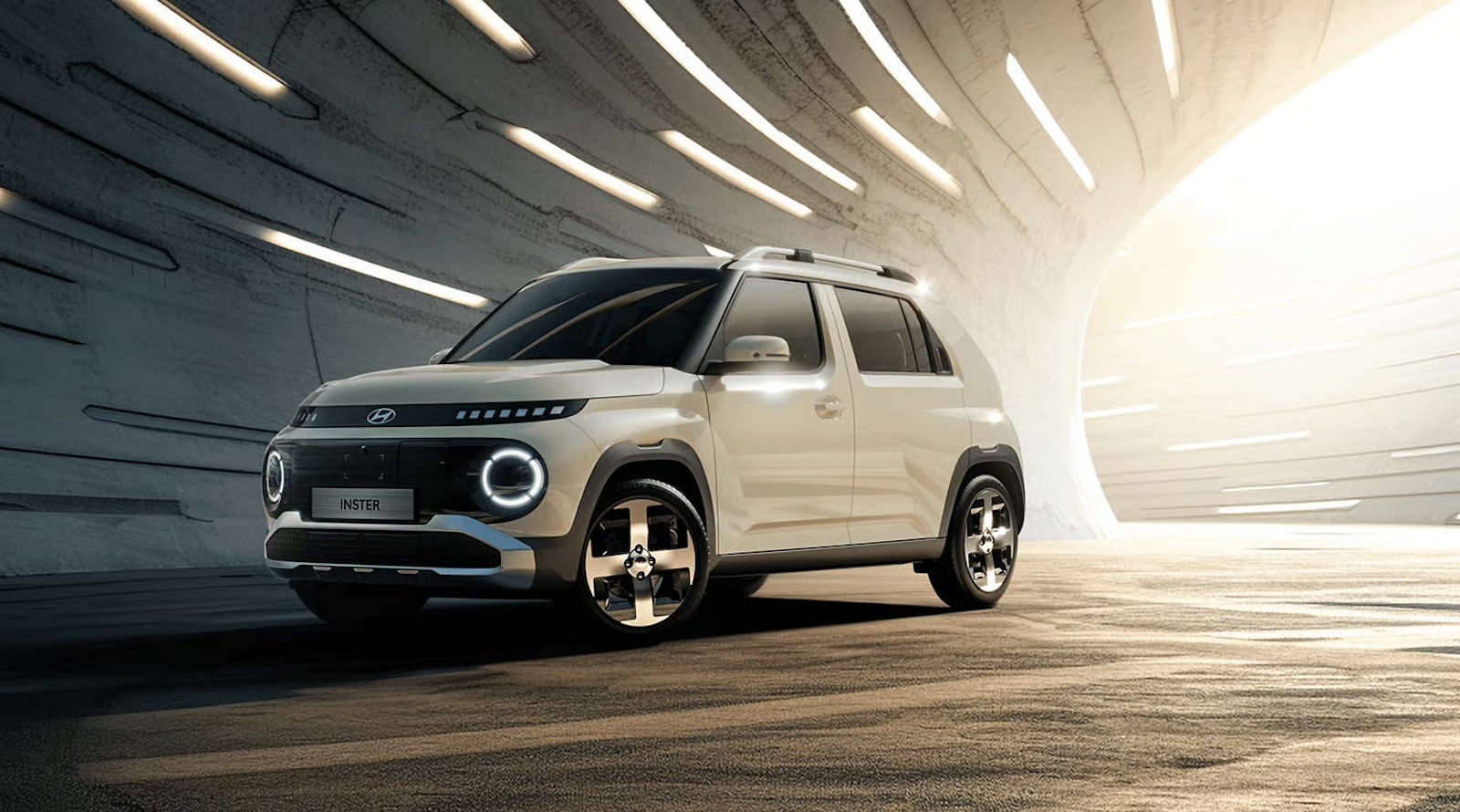As Australia continues to travel the road to net zero, with newly announced climate targets aiming to reduce greenhouse gas (GHG) emissions by 62 to 70% below 2005 levels by 2035, and to reach net-zero emissions by 2050, industries such as mining, oil and gas, and manufacturing are under increasing pressure to decarbonise operations.
“We all have a part to play in building a sustainable future,” says Robyn Simpson, National Manager – Environment & Sustainability at Coates. “Decarbonising operations requires accountability and action across all areas on the supply chain, and greater focus on technologies that help businesses to understand and reduce their emissions.”
“By taking practical steps to adapt practices, embrace cleaner energy solutions and make sustainable equipment choices, contractors and subcontractors have the power to make a big difference. To help customers achieve this and reach their sustainability targets, Coates combines expert advice with a growing fleet of low and zero-emissions tools and equipment.”
Use these six practical steps to improve efficiency and reduce emissions on your worksite.
1. Right-size equipment to cut fuel waste
Sites often rely on equipment that’s too big or powerful for the work that needs to be done, particularly with generators and earthmoving equipment like excavators. But oversized equipment runs well outside of its peak performance, leading to poor fuel economy; unnecessary fuel consumption; excessive GHG emissions and other pollutants; and higher project costs.
“Appropriately sized equipment is essential for reducing carbon emissions,” says Simpson. “Coates’ fleet allows customers to access equipment in a range of different sizes to find the right fit, with product specialists to advise on optimising your setup.”
Hot tip: To make appropriate equipment choices, get to know your electrical energy load profile and size accordingly – avoiding sizing for the 1 per cent day.
2. Choose hybrid systems to power site accommodation
Temporary site offices are a significant source of energy use and emissions. Coates supports customers in designing highly efficient hybrid-powered site accommodation solutions that combine generators, battery storage and often solar generation to reduce runtime, emissions and noise.
“While some projects need facilities that run around the clock, we see a lot of waste when unoccupied sites continue to operate, just to keep the fridge cold,” says Simpson. “Embracing cleaner energy solutions and sustainable practices for temporary site accommodation has a significant impact on reducing project emissions and costs.”
Hot tip: Ensure you shut the door when air-conditioning is operating to avoid wasting site energy for heating or cooling.
3. Switch to low and zero-emissions tools and equipment
Conventional tools and equipment typically use fuels that produce emissions. To address this issue, switch to low and zero-emissions alternatives like electric, battery and hybrid-powered gear to achieve:
- Lower emissions
- Lower operating and fuel costs
- Improved fuel efficiency with extended intervals between refuelling
- Reduced noise and pollutants – ideal for indoor environments
Coates’ low and zero-emissions range allows customers to reduce their environmental impact without compromising performance. For example, Coates’ 2.5t Electric Forklift has zero tailpipe emissions during operation. During a 50-hour week it uses a lot less energy and costs less to run than a diesel equivalent, consuming approx. $110 of grid electricity, compared to $368 for diesel. This equipment also achieves a significant emissions reduction, producing 176kg GHG emissions (CO2e- Scope 1 or 2) compared to 434kg for equivalent diesel forklift.
4. Avoid unnecessary idling
When traditional diesel engines idle, they continue to burn through fuel. Idling equipment also produces unnecessary GHG emissions, noise, odours and pollutants that can become a major source of respiratory ill-health.
To prevent idling plant and other heavy equipment impacting your worksite and neighbours:
- Switch heavy equipment off when not in use
- Provide adequate comfortable site facilities to prevent people using equipment cabs to shelter from harsh environmental conditions
- Make schedule adjustments to improve efficiency.
5. Replace diesel with alternative fuel blends
Although traditional diesel engines produce GHG emissions and pollutants, 100 per cent mineral diesel is derived entirely from fossil fuels. “Replacing diesel with renewable diesel, or with a blend of diesel and biodiesel, is a really simple way to reduce emissions particularly in harder to transition transportation tasks and off-road equipment,” says Simpson.
To improve the environmental performance of Coates’ hire fleet, both HVO renewable diesel fuel and 7 per cent biodiesel blend (B7) are compatible with all Coates diesel plant and equipment.
6. Rent what you need, when you need it
Owning underutilised or outdated equipment creates inefficiencies, increases emissions and can drive up project costs. Partnering with an equipment provider like Coates allows you to access late-model equipment only when you need it – reducing waste, improving equipment performance and supporting circular practices by maximising the life of equipment through shared use.
This approach also allows customers to ‘try before you buy’ to determine if the function and benefits of new technology equipment are right for your site.



